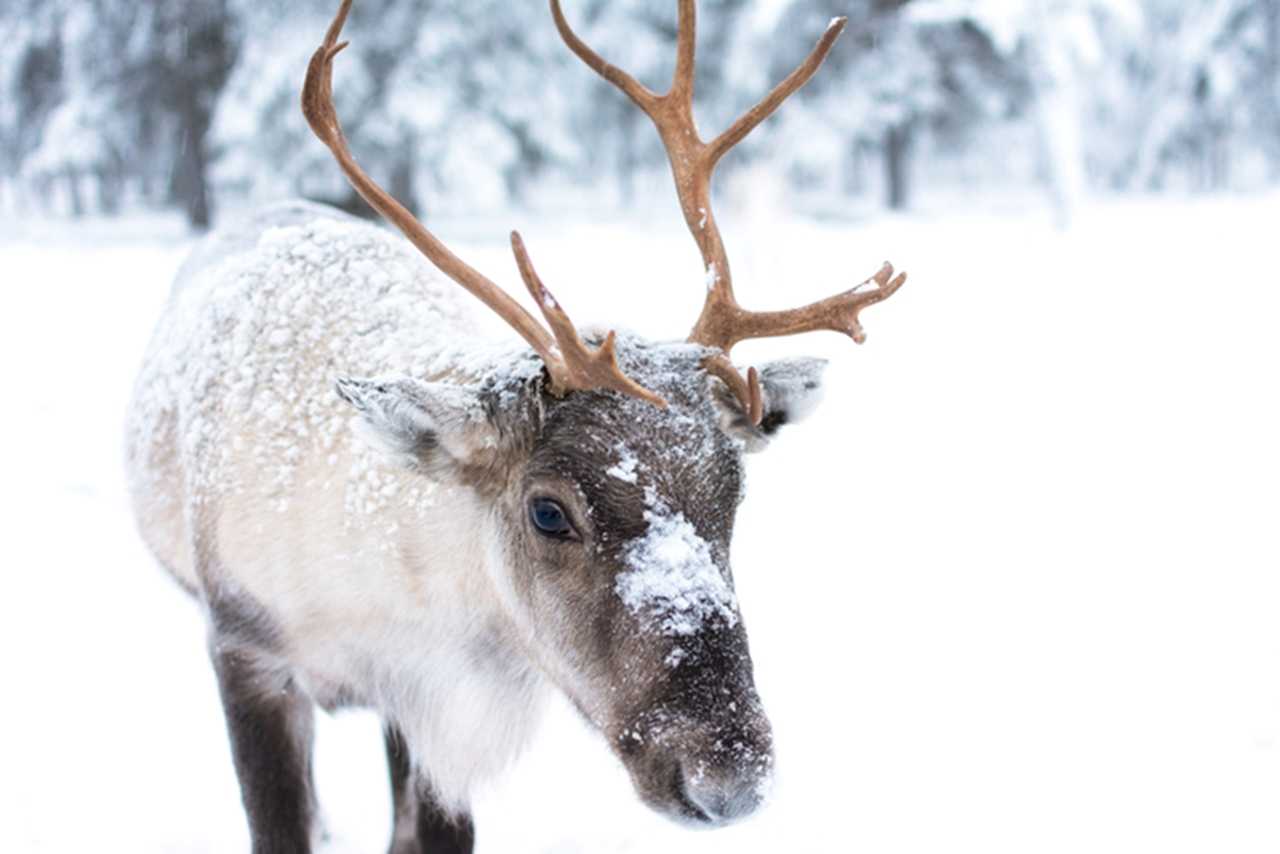Except Rudolph is so much more than that. As a cranky Santa delivers his plan to cancel Christmas, he's annoyed by the glow of Rudolph's bright nose. "Sure," Rudolph says. It's not the glowed-up nose that's the real problem: It's the fog on Christmas Eve! Not Rudolph's. In the story, Rudolph becomes everyone's hero, saving Christmas on behalf of misfits and the misunderstood. The "savior" mantra is on two levels, in other words: It's not just Rudolph who's set apart, he represents a bigger community of misfits and lovable weirdos. But it's Santa who is the real hero here, from a Marketing POV. The "customer" is Santa. And the "product" makes the "customer" the hero of the story.
The beloved American children’s classic Rudolph the Red-Nosed Reindeer was published in 1939 by the Montgomery Ward department store. So it’s tempting to think of it—like Campbell’s Green Bean Casserole—as yet another lasting piece of seasonal content marketing.
Except Rudolph is so much more than that. Journalist Roy Peter Clark looks at what he learned about writing and storytelling from Rudolph. When we look at it through a marketing lens, too, it’s also a handy framework for telling our own brand stories.
(Of course, you can also look it through a woke 2018 lens, because the story of an adolescent deer who was shamed and bullied until he had something everyone wanted is problematic, when you think about it. But that’s a story for another website.)
First, a quick recap of the plot for those who don’t know the story (or those who need a refresh):
- Rudolph is a young buck born in the North Pole with an unusual superpower/value proposition: a glowing red nose. He’s mocked by his peers; his flight coach casts him out of the squad; his parents are ashamed. Only a hot young doe named Clarice shows him any kindness.
- Then one foggy Christmas Eve, the fog as thick as pea soup threatens to ground Santa. As a cranky Santa delivers his plan to cancel Christmas, he’s annoyed by the glow of Rudolph’s bright nose. At which point he realizes that Rudolph is the perfect lead for his reindeer sleigh team.
- “You in?” Santa asks. “Sure,” Rudolph says. He saves Christmas for Santa and for children worldwide.
- Rudolph becomes the celebrated hero and gets a song, animated TV special, movie, franchise deal, and verified Instagram account. (Just kidding about that last one.)
There are other details, but that’s the gist. So… what’s that have to do with marketing?
Well, let’s break it down.
Naming. Santa’s reindeer A-team included Dasher, Dancer, Prancer, Vixen, Comet, Cupid, Donner, and Blitzen. “Recite those names and experience a little feast of sound imagery: including alliteration, assonance, meter, and rhyme,” points out Clark.
“Rudolph” as a name describes an entirely different creature, Clark writes: “The initial R and final F sounds find no connection with the others. Starting with his name, Rudolph is a creature…

COMMENTS